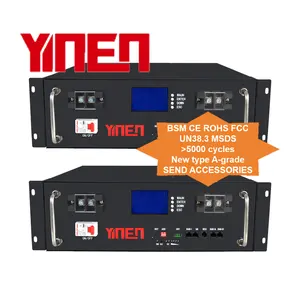
Super Capacitor 48v 50ah 100ah 150ah 200ah 5kw 10kw 15kw 20kw Rack Mount Golf Cart Forklift Deep Cycle Lithium Lifepo4 Battery


48V 165F Super Capacitors Intelligent Aviation Car Battery Power Battery 100F 300F 360F 700F 1000F 1200F 3000F























The supercapacitor 36v represents a category of energy storage devices, known for their ability to rapidly charge and discharge energy. These components are integral in various electronic circuits, providing essential support to ensure consistent power delivery and performance stability.
Supercapacitors, particularly the 36v variants, are utilized across a broad spectrum of applications. They serve critical roles in power management systems, energy harvesting, and as backup power sources in memory retention operations. Their versatility extends to industrial power solutions and consumer electronics, where immediate energy bursts are necessary.
The technical prowess of a supercapacitor 36v lies in its capacitance value, typically measured in microfarads (μF), which indicates the amount of energy it can store. These devices are designed to operate at a specific voltage, in this case, 36 volts, which determines their energy capacity and suitability for various electronic systems.
A 36v supercapacitor is engineered with materials that allow for rapid energy exchange, such as activated carbon and metal oxides. These materials contribute to the supercapacitor's high energy density and low equivalent series resistance (ESR), enabling efficient operation and longevity.
The energy storage capabilities of a 36v supercapacitor are complemented by its durability and maintenance-free nature, making it a reliable component in power circuits. Unlike batteries, supercapacitors do not suffer from the same degree of wear over repeated charge cycles, which is a significant advantage for systems requiring frequent power bursts.
Selecting the appropriate supercapacitor involves considering factors such as voltage rating, capacitance, and the specific energy and power requirements of the application. It is crucial to match these parameters with the device's intended use to ensure optimal performance and reliability.